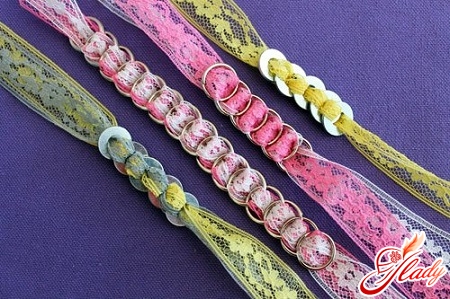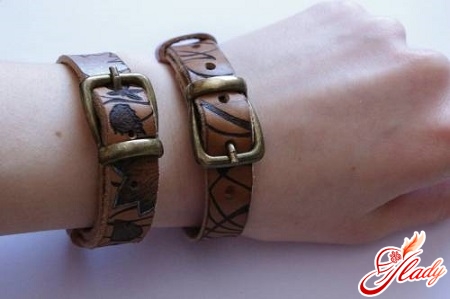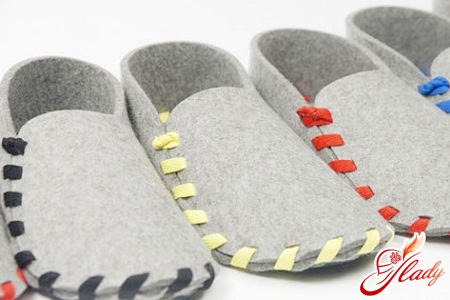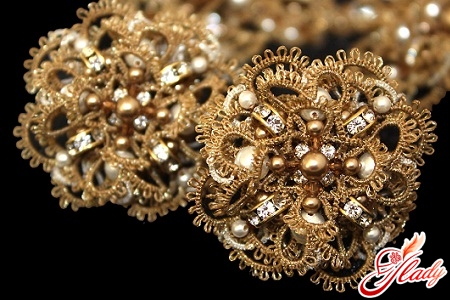 Tatting - a special techniquelace making. It is also called knotted, shuttle or French lace. Why knotted? Because the products are made using the tatting technique using knots tied in various ways. Why shuttle? Because the main tool of tatting is a special shuttle. Why French? Because the name of this technique came to us from France. It is believed that tatting is the easiest way to make handmade lace, as it requires a minimum number of tools and material costs. What is this technique of fine needlework? Where can it be used and is it difficult to learn? Let's find out more about all this.
Tatting - a special techniquelace making. It is also called knotted, shuttle or French lace. Why knotted? Because the products are made using the tatting technique using knots tied in various ways. Why shuttle? Because the main tool of tatting is a special shuttle. Why French? Because the name of this technique came to us from France. It is believed that tatting is the easiest way to make handmade lace, as it requires a minimum number of tools and material costs. What is this technique of fine needlework? Where can it be used and is it difficult to learn? Let's find out more about all this.
History of French lace
This lace making technique is very, veryancient. So ancient that researchers still cannot name the exact birthplace of this handicraft. There is only one thing they agree on - tatting appeared in the East, and only then came to Europe. In the East, such lace was called "makuk" (shuttle), in Italy - "okko" (eye), in England - "teting" (woven lace), the literal translation from German "schiffchen spitzen" also meant "shuttle weaving", and in France this type of lace-making was called "tatting" (frivolous). In our language, the art of weaving shuttle lace was fixed under this name. The relaxed and uninhibited technique did not become a type of folk craft, like, for example, bobbin lace-making, but was a popular and widespread women's handicraft. The peak of its popularity came in the eighteenth century, when simple coarse threads were first used to make openwork trim for curtains and outerwear, and then handbags, hats, umbrellas, gloves and other fashionable wardrobe items for socialite ladies. This type of needlework was also quite common in pre-revolutionary Russia. But after October of the seventeenth year, shuttle lace-making (like many other things) was declared a relic of the bourgeois past and was considered an occupation unworthy of a “liberated” woman. And only half a century later, tatting began to revive, first in the Soviet Baltic countries (after all, they are closer to Europe!), and then in other parts of the USSR.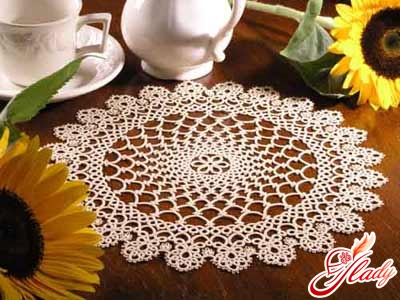
Technique of shuttle lace
This lace-making technique is based ona knot tied with a special shuttle. Finished products made using the tatting technique are a whole system of tightly tied knots. The technique itself is quite easy to master and is accessible to both experienced craftswomen and beginners. To start learning, you will need only two shuttles, and then you can use different shuttles for threads of different thicknesses and textures. The shuttles themselves for tatting can have different sizes and various designs. They are made of wood, plastic, bone, metal and plexiglass. Shuttles can be purchased at craft stores or even made by yourself, for example, from scraps of a plastic bottle and a bobbin from a sewing machine. In addition to shuttles, the following tools are needed to make French lace:
- crochet hooks, with which individual elements are interconnected;
- The needle in order to dissolve the "defective" nodules;
- scissors for thread cutting;
- accessories in the form of beads, beads, rhinestones, sequins and fasteners for jewelry;
- the threads themselves, of which lace is lapping.
A variety of materials are suitable for French lace.threads: cotton, linen, silk, synthetic. The main qualities of the thread for such lace are its good twist, strength and high degree of sliding. Cotton and linen threads are used to make lace napkins and clothing elements, and synthetic threads are used for decorations. For example, when tatting with beads or beads, a nylon thread is taken. The entire variety of patterns and elements of shuttle lace is based on only one, the main knot, which is called the "tatting knot" and consists of two symmetrical parts. This knot can be direct and reverse. It is from the direct and reverse knot that the main elements of shuttle lace are made: a ring, an arc, a picot. Moreover, the ring can also be a half ring, a combined ring, a ring in a ring. In this technique, the simplest connections of individual elements are used: direct coupling and reverse coupling.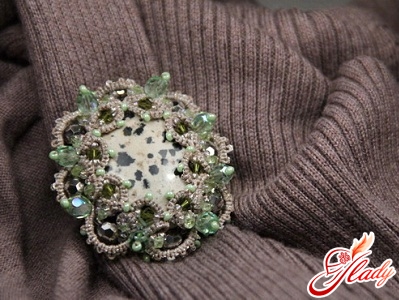
Nodal lace features
With your own skillful hands and a minimal setTatting craftswomen work wonders with the help of these tools. The products made using this technique are so varied and elegant that you are simply amazed. In addition to openwork napkins, collars, hats and gloves, knotted lace is used to make jewelry, and individual motifs are used in decorative panels and paintings. This lace is used to decorate tablecloths and bedspreads, exclusive bed linen, wedding dresses and designer clothes. French lace is combined with such unexpected materials as metal, leather and stone. The technique of shuttle lace weaving is also the basis for the new handicraft technique "ankars", where in addition to knotted lace, beading and macrame techniques are used. Another pleasant moment in the possibilities of knotted lace weaving is that tatting can be woven not only with a shuttle. A wonderful alternative to shuttle lace can be crochet or finger tatting. You can master all these techniques of making knotted lace not only in special courses, but also independently. Use master classes in shuttle lace making, watch video tutorials or buy special manuals. Find patterns and descriptions of the work and go ahead - conquer such a forgotten and such an elegant handicraft. After all, it is known that everything new is a well-forgotten old. And tatting (the almost forgotten art of weaving French lace), revived in our time, once again confirmed this truism. We advise you to read:




